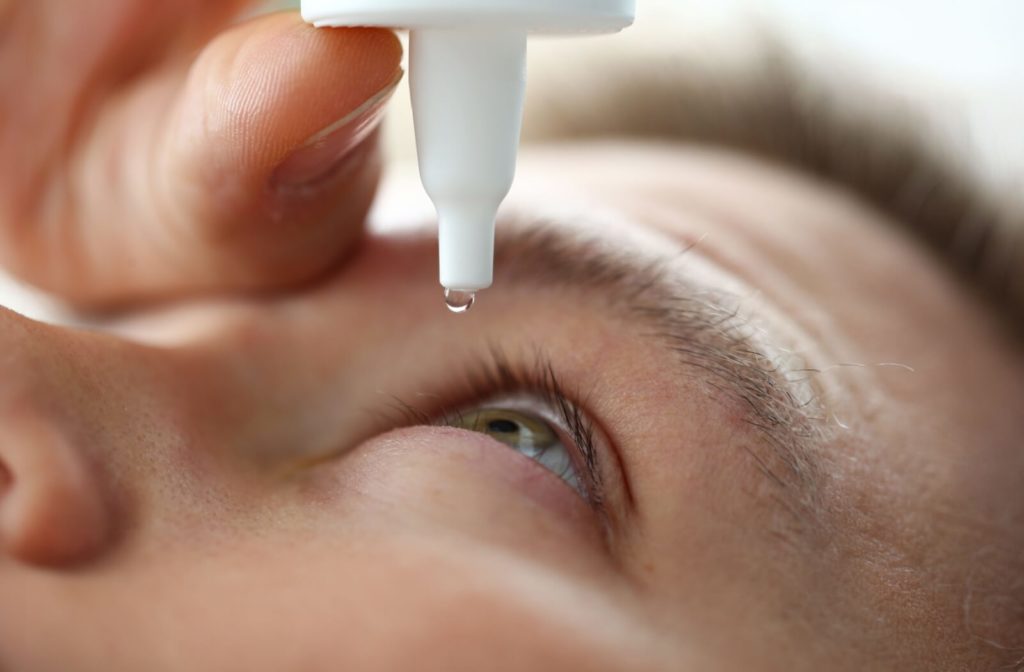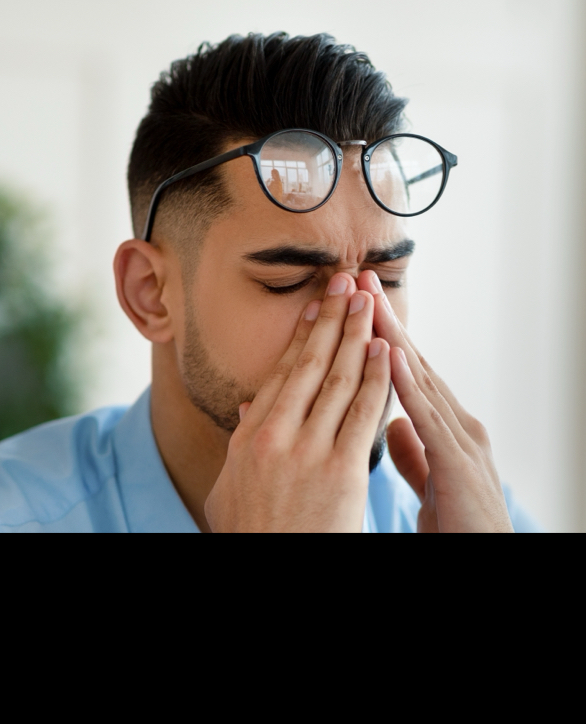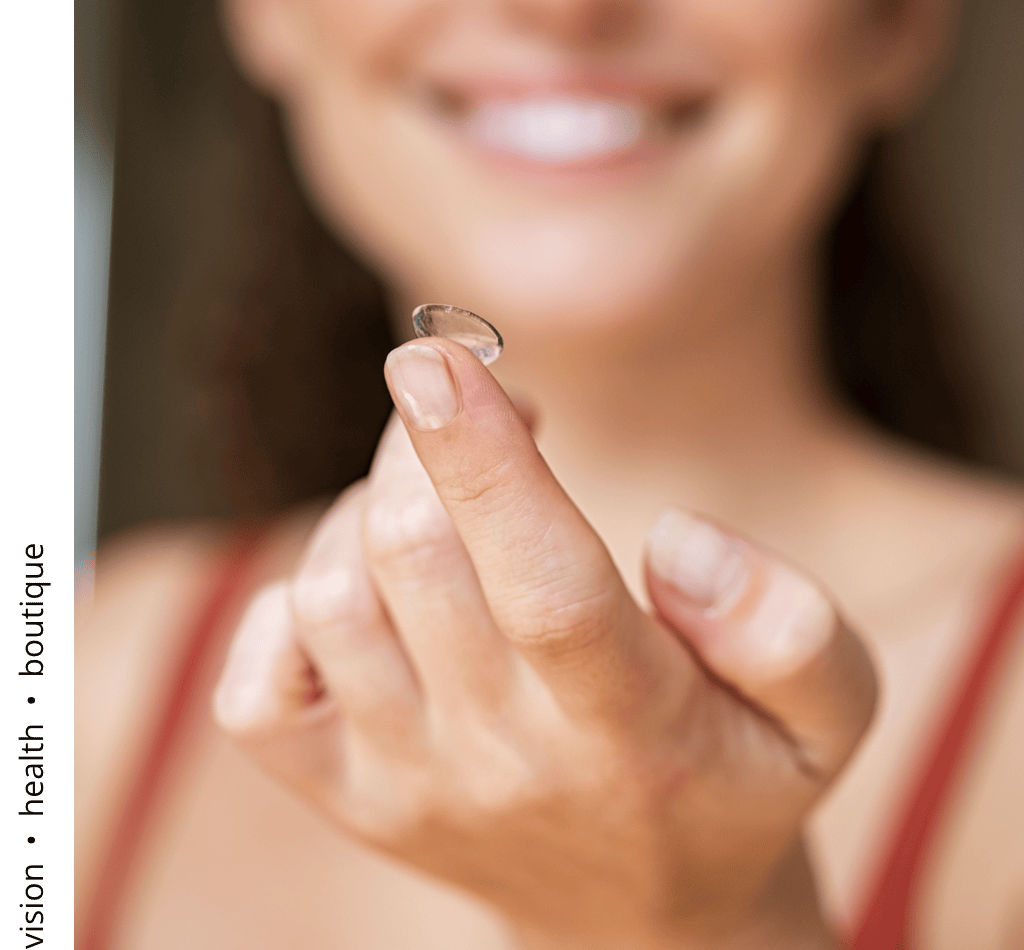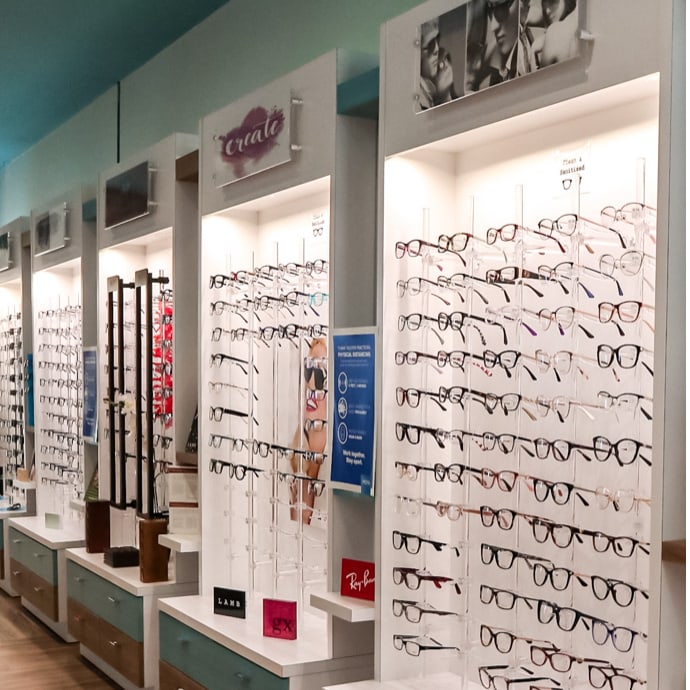Dry, irritated eyes can be more than just an uncomfortable inconvenience. For many people, the discomfort caused by a lack of proper tear production can lead to a surprising consequence: headaches. The short answer? No, dry eyes don’t cause headaches, but due to eye strain and the tension it creates, it can worsen headaches.
When your eyes cannot stay lubricated, they work overtime to see clearly. This additional strain can trigger tension in the muscles around your eyes and forehead, leading to headaches or even migraines in some cases.
What Is Dry Eye?
Dry eye, or dry eye syndrome, occurs when your eyes don’t produce enough tears or when your tear quality is insufficient to keep your eyes properly lubricated. Tears are vital for maintaining clear vision, washing away debris, and ensuring the surface of your eyes stays healthy and comfortable.
When your tear film is disrupted, this often results in irritation, redness, blurred vision, or that telltale gritty feeling. For some people, the lack of lubrication can also trigger significant eye strain, a key contributor to headaches.
How Dry Eyes Are Linked to Headaches?
While dry eyes won’t directly cause headaches or migraines they can share triggers and symptoms. In some cases the symptoms that arise from dry eyes could lead to an increased risk of headaches or migraines.
In addition, some research indicates that headaches and migraines may also be correlated with an increased risk for dry eye.
Eye Strain & Muscle Fatigue
When your eyes are dry, they struggle to focus properly, especially during prolonged activities like reading, staring at a screen, or driving. This effort can lead to fatigue in the muscles surrounding the eyes, such as those in the temples and forehead, resulting in dull, tension-like headaches.
Light Sensitivity & Migraines
Dry eyes can make you more sensitive to bright light, a condition known as photophobia. For individuals prone to migraines, this light sensitivity, combined with the irritation of dry eyes, can act as a migraine trigger or exacerbate existing symptoms.
Common Causes of Dry Eyes
Several factors can lead to dry eye symptoms, many of which are manageable with targeted lifestyle changes or treatment:
Age & Hormonal Changes
Tear production naturally decreases with age, making dry eyes more common in adults over 50. Hormonal changes during menopause can also reduce the quality and quantity of tears.
Prolonged Screen Time
Spending long hours on electronic devices decreases your blink rate, causing the tear film to evaporate more quickly. This is why digital eye strain is so closely linked to dry eye and headaches.
Environmental Factors
Dry climates, windy conditions, and artificial air systems (like air conditioners or heaters) can strip the moisture from your eyes. Wearing sunglasses outdoors or using a humidifier indoors can reduce this effect.
Medications
Certain medications, such as antihistamines, antidepressants, or blood pressure pills, can interfere with tear production. If you suspect a medication is contributing to your symptoms, consult your doctor about potential alternatives.
Contact Lenses
Contact lenses can absorb moisture from your eyes, disrupting the natural tear film. Switching to daily disposable lenses or using rewetting drops can help.
Health Conditions
Autoimmune diseases like Sjögren’s syndrome, lupus, or rheumatoid arthritis can directly impact the glands that produce tears, leading to severe dry eye symptoms.
Managing & Preventing Dry Eye

If you often experience headaches due to dry eyes, addressing the root cause can provide long-term relief. Here are some tips to manage and prevent dry eye symptoms:
Hydrate Your Eyes
- Use artificial tears or lubricating eye drops to maintain moisture on the surface of your eyes.
- Stay hydrated by drinking plenty of fluids throughout the day.
Manage Your Environment
- Use a humidifier to add moisture to dry indoor air.
- Avoid direct exposure to wind, smoke, or air-conditioned spaces whenever possible. Sunglasses can help protect your eyes outdoors.
Take Regular Screen Breaks
- Follow the 20-20-20 rule to reduce digital eye strain. Every 20 minutes, look at something 20 feet away for at least 20 seconds. This gives your eyes a chance to reset and refresh.
Adjust Your Diet
- Essential nutrients, such as omega-3 fatty acids and vitamins A and E, play a significant role in eye health. Incorporating these into your diet may improve tear quality.
Consider Professional Treatments
- If over-the-counter solutions don’t provide relief, consult an optometrist. They can recommend tailored treatments, such as prescription eye drops, punctal plugs to conserve tears, or in-office therapies designed to restore tear production.
Get Relief for Dry Eyes & Headaches
At Eye Wellness, we specialize in dry eye diagnosis and therapy. Our tailored treatments focus on alleviating discomfort, managing symptoms, and restoring your overall eye health. If your dry eyes are interfering with your daily life, it’s time to take the next step.
Don’t wait for small problems to grow into big ones. Schedule a comprehensive eye exam with our team today. Together, we’ll identify the root cause of your dry eyes and create a customized plan to help treat dry eyes.
Your eyes deserve expert care, and Eye Wellness is here to help you every step of the way.
























